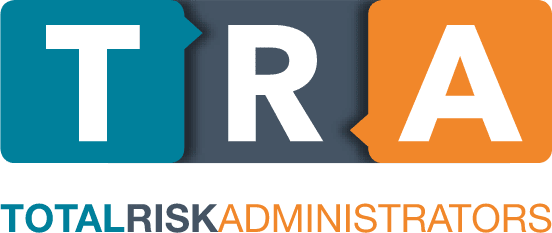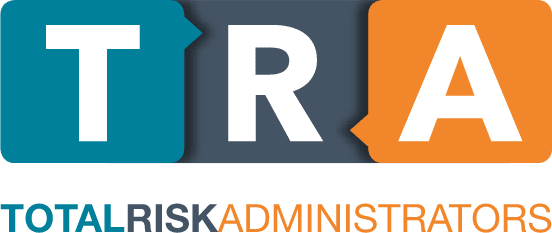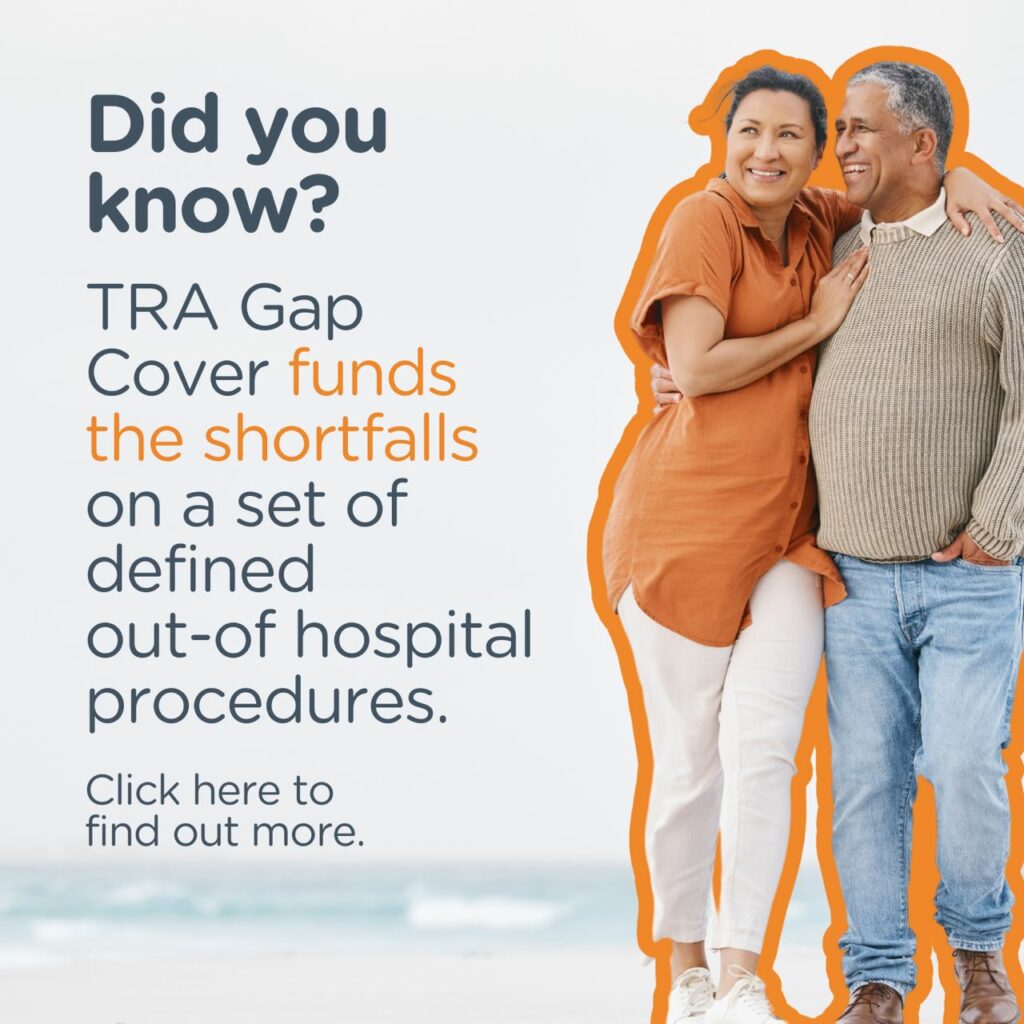World Multiple Sclerosis Day is on the 30th of May. The day is about bringing the global MS community together and creating awareness for everyone affected by the disorder.
What is Multiple Sclerosis?
It is one of the most common neurological disorders which causes disability in young adults. There are roughly 2.3 million people who have been diagnosed with Multiple Sclerosis. However, there are thousands around the world who remain undiagnosed and many who are affected indirectly as they are caring for someone with this disorder.
Individuals are normally between the ages of 25-32 when they are diagnosed with Multiple Sclerosis, and there are more cases of women being diagnosed than men.
The cause of Multiple Sclerosis is unknown and there is no cure as yet. However, there are treatments to help with certain forms of MS and to help to improve symptoms.
There are 4 different types of Multiple Sclerosis:
1.Relapsing-remitting MS (RPMS):
This is the most common. 85% of people who are diagnosed with Multiple Sclerosis are diagnosed with RPMS.
2. Secondary-Progressive MS (SPMS):
With this type of Multiple Sclerosis, the symptoms worsen more steadily over time. It is very common for people diagnosed with RPMS to transition into SPSM.
3. Primary-Progressive MS (PPMS):
This type is not common. It occurs in 10% of people diagnosed with Multiple Sclerosis.
4. Progressive-Relapsing MS (PRMS):
This type is even more rare with only 5% of people with Multiple Sclerosis transitioning to PRMS.
How can you create awareness?
The theme for the campaign is #bringinguscloser. This day is for connecting people affected by MS with those involved in MS research, including scientists, students, nurses, fundraisers, volunteers, and more. It’s a chance to come together to celebrate what we’ve achieved in MS research so far, and share our hopes for the future.
You can help by following the steps below:
Share
Share the World MS Day research profiles to raise awareness of the many people who contribute to MS research around the world. You can also share the #bringinguscloser posters and social media shareables to celebrate achievements in MS research so far and spread a message of hope.
Tag
Include the hashtags #bringinguscloser and #worldmsday on your Facebook, Twitter, and Instagram posts for World MS Day and your post will appear on the #bringinguscloser page of the website.
Animation
Research is #bringinguscloser to better treatments for MS. Watch and share the animation video to raise awareness of how the clinical trial process turns innovative ideas into life-changing treatments. https://www.youtube.com/embed/yMl2PAi66pE
References:
About World MS Day
Treatments for Multiple Sclerosis
Medical Gap Cover Questions & Queries
If you have any more queries or questions regarding anything related to TRA Gap Cover, why not reach out to our helpful specialists here. You can also visit our Gap Cover here.














